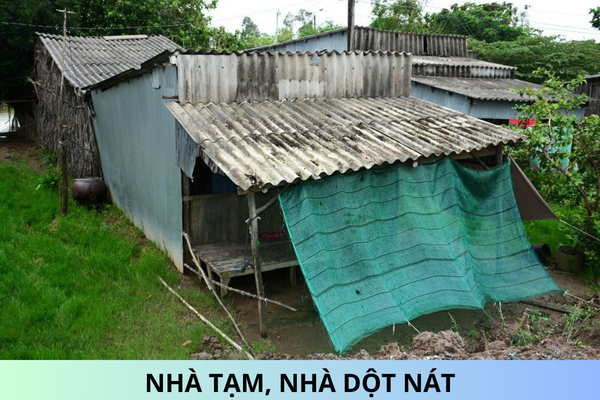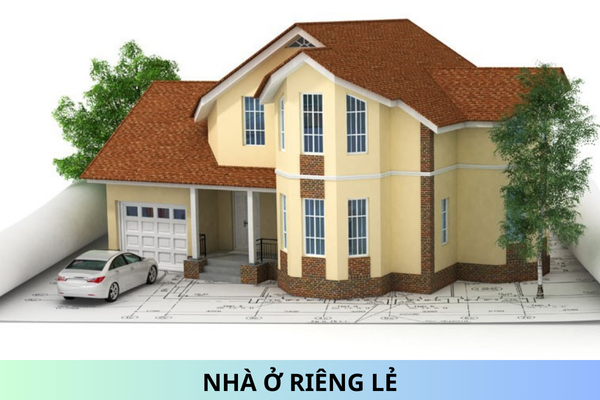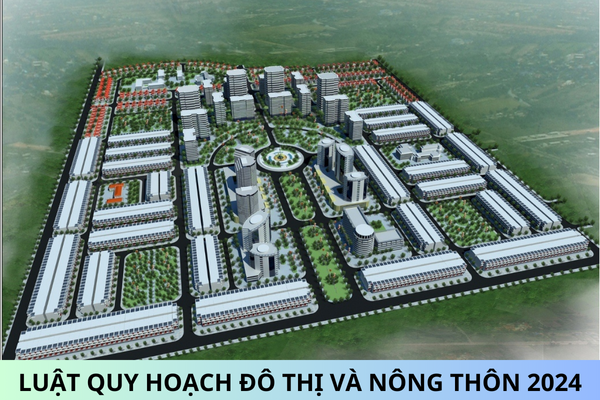Requirements for the Public Passenger Transportation Network in Urban Planning
The public passenger transportation network in construction planning must meet the requirements stipulated in Section 2.9.3.3 QCVN 01:2021/BXD National Technical Regulation on construction planning issued together with Circular 01/2021/TT-BXD. Specifically:
- For urban areas of Grade III or higher, a public passenger transportation network must be organized. The types of public transportation include urban rail, buses, and watercraft (if applicable);
- The distance between public transportation routes should be a minimum of 600 m and a maximum of 1,200 m (in the central urban area, a minimum of 400 m). The walking distance from residential areas, workplaces, shopping areas, recreational centers... to public stations should not exceed 500 m;
- The density of the public transportation network depends on the urban planning structure, and must achieve a minimum of 2 km/km² of urban construction land. The distance between public transportation stations in urban areas is stipulated as follows: for bus and tram stations, a maximum of 600 m; for rapid transit bus (BRT) and urban rail (subways, ground or elevated trains) stations, a minimum of 800 m;
- At intersections between roads with public transportation vehicles, transfer stations must be set up to switch from one vehicle to another with a walking distance of < 200 m;
- Bus and tram stations on main roads must be arranged at least 20 m away from intersections. The length of a single-route station, running in one direction, should be at least 20 m; on routes with multiple lines or directions, specific calculations are required, but should not be shorter than 30 m. The width of the station should be at least 3 m.
Best regards.










